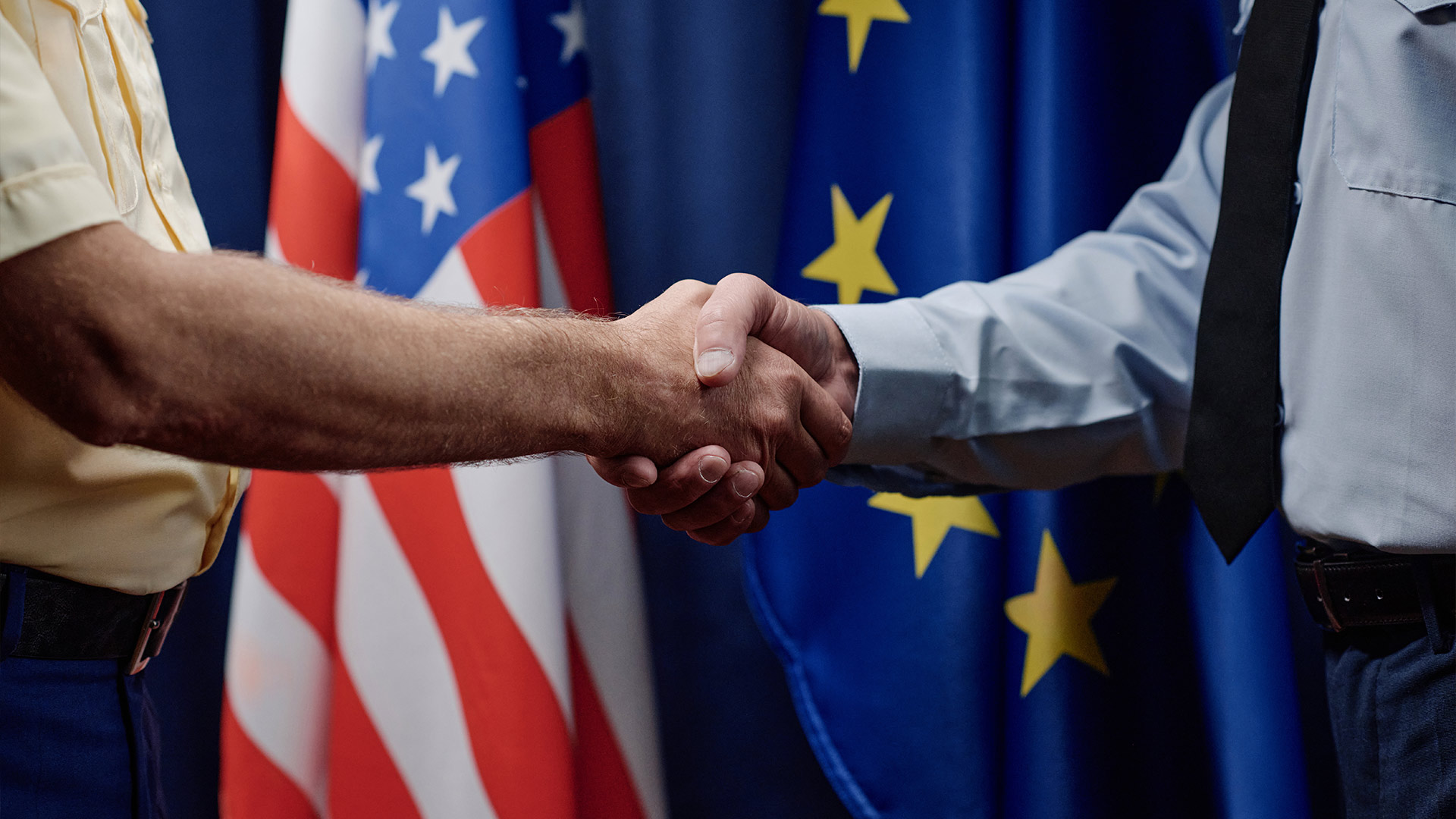Brazilian Social Norms: Cheek Kisses & Physical Boundaries

Brazil is a vibrant and socially expressive country, known for its warm people, festive atmosphere, and diverse culture. But for travelers and newcomers, navigating Brazil’s social etiquette—especially regarding greetings, physical contact, and personal boundaries—can be surprising.
In Brazil, norms around personal space and affection differ significantly from many Western or Asian cultures. This guide offers a clear and practical breakdown of how to behave in social and professional situations, with specific attention to cheek kisses, touch-based communication, and respecting boundaries in Brazilian society.
1. Greetings: The Cheek Kiss Explained
One of the most distinctive features of Brazilian social etiquette is the cheek kiss greeting, known locally as “beijo no rosto.” It’s a common way to greet friends, family, and sometimes even new acquaintances—especially among women or between men and women.
How Many Kisses?
- One kiss is typical in São Paulo.
- Two kisses (left cheek, then right) are common in Rio de Janeiro and many other states.
- Three kisses may be found in some regions of the South, though this is less standard.
Tip: Always follow the lead of your host. If someone leans in for a kiss, mirror their movement—usually beginning with the right cheek (your left side).
Who Kisses Whom?
- Women kiss women, and men and women kiss each other.
- Men typically do not kiss other men, unless they are close family or very close friends—instead, they shake hands or hug with a back pat (“abraço”).
In Formal or Business Settings:
- Stick to a firm handshake and good eye contact unless invited otherwise.
- In more conservative industries, avoid initiating any physical contact beyond a handshake.
2. Physical Touch: Expressiveness in Brazilian Culture
In Brazil, physical touch is a natural part of communication. Personal space is smaller than in countries like the U.S., Japan, or Germany. Brazilians tend to be physically expressive, which may include frequent touches on the arm, back, or shoulder during conversation.
What’s Normal:
- Standing close while speaking—often within arm’s reach.
- Touching the arm or shoulder for emphasis or connection.
- Holding hands or linking arms—even between same-gender friends—is common and not considered romantic.
What to Avoid:
- Pulling away or stepping back abruptly can be interpreted as cold or rude.
- Crossing your arms may seem defensive or disinterested.
- Rejecting a kiss or hug in an informal context might offend—if unsure, smile and say something polite like “Desculpa, sou tímido/a” (Sorry, I’m shy).
Respect the informality and warmth, even if you're not used to it. Brazilians don’t see this behavior as invasive—it’s a sign of friendliness.
3. Personal Space and Boundaries
Although Brazilians are affectionate, there are still unspoken rules about boundaries, especially when you're in unfamiliar social or professional circles.
In Public:
- On crowded streets or buses, bumping into people is common and usually not acknowledged.
- However, cutting in line or skipping queues is considered rude—“fila” (line) culture is respected.
In the Workplace:
- Professional environments may be more formal depending on the industry.
- In meetings, physical contact is minimal. Greet with a handshake, maintain eye contact, and only offer a cheek kiss if invited.
- Hierarchies are important, and respect for authority is expressed through deference and formality.
4. Conversation Etiquette
Small Talk:
- Brazilians love to chat. Topics like family, football (soccer), food, and music are safe and welcome.
- Avoid diving directly into business. It's common to spend a few minutes on personal talk first.
Topics to Avoid:
- Politics and religion can be sensitive, especially in polarized times.
- Avoid jokes about race or class—these issues are deeply rooted in Brazil’s complex history.
- Be cautious when discussing crime or poverty—doing so with a judgmental tone can offend.
5. Body Language and Gestures
Brazilian non-verbal communication is rich and animated, but not all gestures carry the same meaning as in other cultures.
Common Gestures:
- Thumbs up = “Okay” or “Good.”
- The “figa” gesture (thumb between index and middle finger) is used for good luck.
- A raised open palm means “Stop” or “No more.”
Avoid:
- The “OK” sign (thumb and forefinger in a circle) is offensive in Brazil—it can be interpreted as a vulgar gesture.
- Pointing with the index finger is rude; use your whole hand or chin to indicate direction.
Tip: Always smile—it's an essential part of friendly Brazilian interaction.
6. Gender Dynamics in Social Etiquette
Brazilian social culture still reflects some traditional gender roles, especially outside major cities.
For Women:
- Compliments on appearance are common, even from strangers. These are usually not meant to be disrespectful, though they can feel forward.
- Women often greet each other warmly, with kisses or affectionate touches.
For Men:
- Men are expected to be confident but respectful. Overly aggressive behavior is frowned upon.
- Chivalrous gestures—like opening doors or helping carry items—are appreciated.
In general, if you’re respectful, polite, and warm, you’ll be met with the same.
7. Visiting Homes & Hosting Etiquette
If you’re invited to a Brazilian home, consider it a sign of trust and friendliness.
What to Bring:
- A small gift, such as wine, flowers, or dessert, is thoughtful.
- Avoid giving purple or black flowers, which are associated with mourning.
At the Table:
- Brazilians love food and sharing meals. You may be offered seconds or thirds—feel free to decline politely.
- It’s common to linger after meals, chatting and enjoying coffee or dessert.
Conclusion
Understanding Brazilian social norms—especially cheek kisses, physical touch, and personal boundaries—can greatly improve your experience in the country. Brazilians are warm, expressive, and value human connection in both personal and professional spaces.
To adapt effectively:
- Be open to physical greetings.
- Don’t overreact to close proximity.
- Smile, engage, and show respect for local habits.


